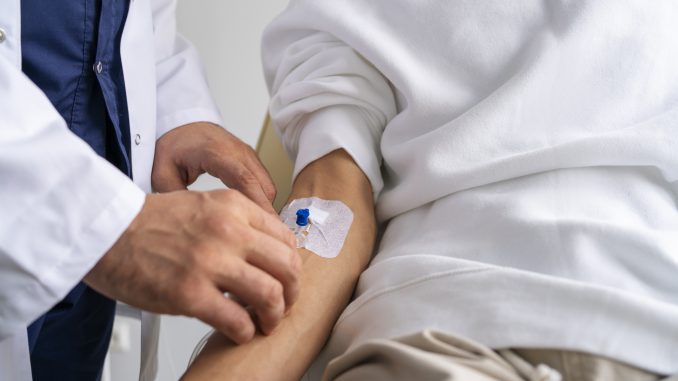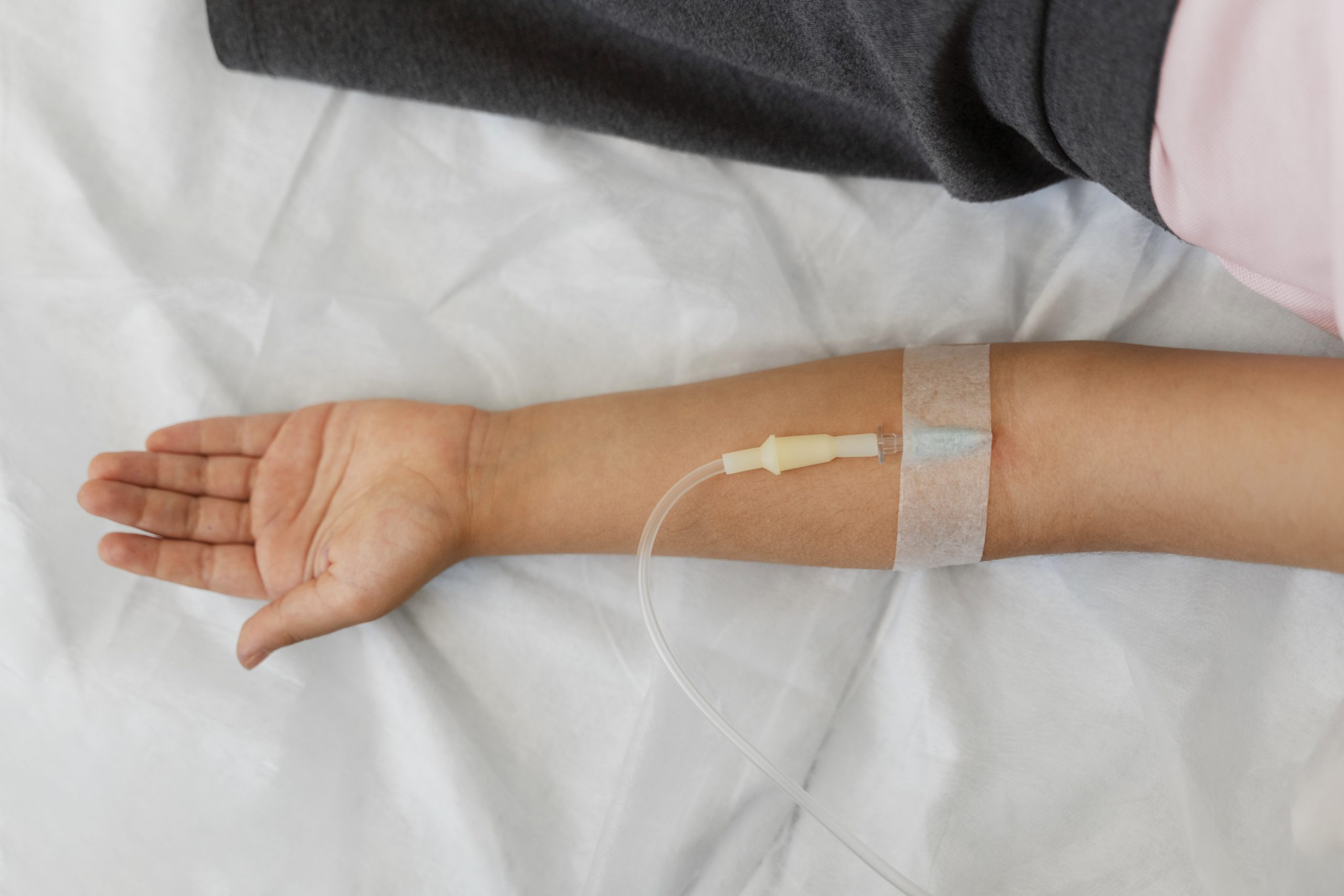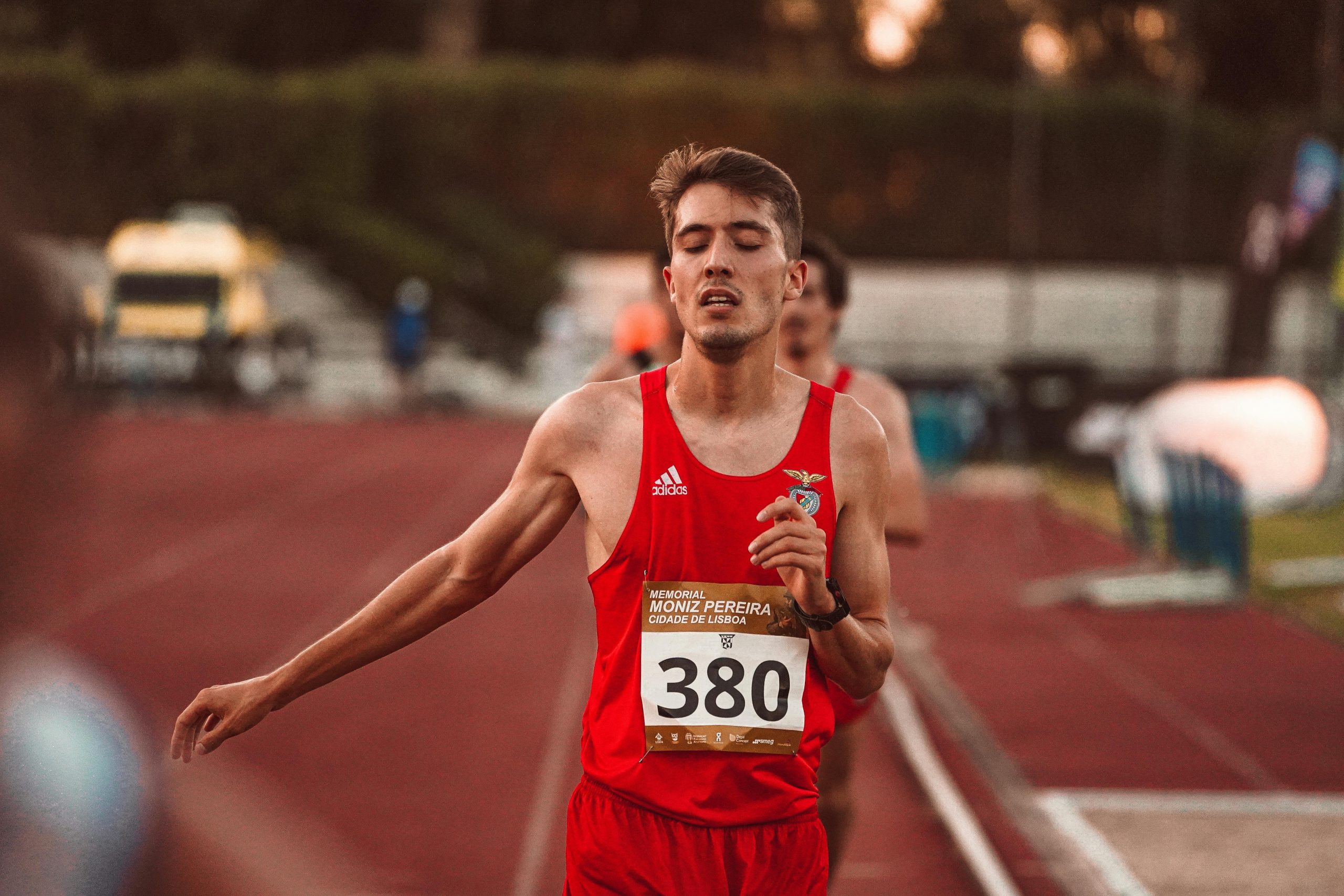

Endurance athletes push their bodies to the limit, often losing large volumes of fluids and electrolytes during training or competition. Rehydration is critical for performance, recovery, and overall health. While water and sports drinks are standard, more athletes are turning to IV for dehydration as a fast-acting solution. But is it safe, necessary, or even effective? Let’s explore the science, benefits, and whether IV for dehydration after endurance events is the right choice for you.
What Causes Dehydration in Endurance Athletes?
Dehydration occurs when the body loses more fluids than it takes in. For endurance athletes, the risk is particularly high due to:
- Prolonged sweating over hours of activity
- Hot and humid environments
- Insufficient fluid intake before or during events
- Electrolyte loss (especially sodium and potassium)
Even mild dehydration—losing as little as 2% of body weight from fluid—can impair physical and cognitive performance.
Key symptoms of dehydration in athletes:
- Muscle cramps
- Headaches or dizziness
- Rapid heartbeat
- Dry mouth or skin
- Fatigue or reduced coordination
What Is IV for Dehydration?

Intravenous (IV) therapy for dehydration involves administering fluids—typically a saline solution with electrolytes—directly into a vein. This allows for immediate absorption into the bloodstream, bypassing the digestive system and accelerating rehydration.
Common components in IV rehydration solutions include:
- Sodium chloride (salt)
- Potassium
- Magnesium
- Glucose or dextrose (for energy)
- Sometimes B vitamins or other nutrients
IVs can be administered in medical settings like hospitals or through mobile wellness services and recovery clinics that specialize in athletic support.
Why Some Athletes Choose IV Therapy After Events
After events like marathons, triathlons, or long-distance cycling races, athletes often feel physically depleted. IV for dehydration has gained popularity among endurance athletes for a few key reasons:
1. Speed of Rehydration:
For athletes wondering how to rehydrate fast after an intense race or workout, IV therapy offers a direct and efficient option. IV fluids bypass the gastrointestinal tract, rehydrating the body faster than drinking alone—especially when digestion is impaired due to fatigue or nausea.
2. Electrolyte Replacement:
A well-formulated IV provides a balanced mix of electrolytes that can restore what’s lost in sweat more accurately than plain water.
3. Post-Event Recovery:
Some IV formulations include ingredients aimed at reducing inflammation, easing muscle soreness, and speeding up recovery.
4. Convenience:
Mobile IV therapy services are now available in many urban areas and at major race events, offering quick access without the need for a hospital visit.
Is IV for Dehydration Necessary for All Athletes?
Not always. For most athletes, drinking water and consuming electrolyte-rich foods or sports drinks is sufficient for mild to moderate dehydration.
IV therapy is typically reserved for:
- Severe dehydration (e.g., vomiting, dizziness, confusion)
- Heat exhaustion or heat stroke
- Inability to retain oral fluids (nausea, stomach distress)
- Medical emergencies during or after events
Unless these conditions are present, IV therapy may not be medically necessary—though it may still be used for performance recovery or personal preference.
Are There Any Risks with IV Therapy?
IV therapy is generally safe when administered by licensed professionals. However, there are risks, especially if used unnecessarily or too frequently.
Potential risks include:
- Infection at the injection site
- Air embolism (if air enters the vein)
- Allergic reaction to the IV solution
- Electrolyte imbalances from overcorrection
- Masking of symptoms (e.g., pushing through fatigue when rest is needed)
Athletes should consult a healthcare provider before using IV therapy routinely.
What Do Sports Authorities Say?
The use of IV fluids in sports has sparked debate, especially in professional or competitive settings.
- The World Anti-Doping Agency (WADA) prohibits IV infusions over 100mL per 12-hour period unless medically necessary or pre-approved.
- USA Triathlon and other governing bodies advise athletes to focus on proper hydration planning before and during events.
In most cases, IV use is considered a medical intervention, not a performance enhancer—but using it as a recovery shortcut in lieu of proper nutrition and hydration may be frowned upon by coaches and sports professionals.
How to Know If You Need IV for Dehydration

Ask yourself these questions after an endurance event:
- Did I lose excessive sweat and not replace it effectively?
- Am I feeling faint, dizzy, or unable to stand without help?
- Have I vomited or been unable to hold down fluids?
- Do I have signs of heat exhaustion (nausea, confusion, rapid pulse)?
- Have I tried oral rehydration without improvement?
If the answer is yes to one or more, IV therapy might be a valid option—especially if you’re not recovering with rest and fluids alone.
Alternatives to IV for Dehydration
While IV therapy can be beneficial in some cases, these options work well for most athletes:
Oral Rehydration Solutions (ORS)
- Specially formulated drinks (e.g., Pedialyte, Liquid I.V., sports electrolyte powders)
- Rehydrate effectively while avoiding IV use
Recovery Smoothies or Meals
- Blends of water, salt, potassium-rich fruits (like bananas), and light carbs help replenish fluid and energy stores
Hydration Planning
- Hydrate 24–48 hours before an event
- Take in fluids during activity (especially longer than 60 minutes)
- Weigh yourself before and after to estimate fluid loss
So, Should You Use IV for Dehydration After Endurance Events?
It depends. For most athletes, IV for dehydration isn’t necessary unless symptoms are severe or oral hydration isn’t working. However, if you’re suffering from significant dehydration, rapid fatigue, or are in a hot climate, IV therapy can offer fast relief and support recovery.
Still, IV therapy should not be a substitute for good hydration habits. Planning your fluid and electrolyte intake before, during, and after an event is the best way to maintain performance and avoid serious dehydration.
Key takeaway: Use IV for dehydration as a tool—not a crutch. Listen to your body, know your limits, and always prioritize rest and recovery after pushing your limits.
Frequently Asked Questions (FAQs)
1. Can I get IV hydration at a race event?
Some large marathons or triathlons offer medical tents with IVs for emergency hydration. Mobile IV clinics may also be available nearby.
2. How long does an IV for dehydration take?
An IV session usually lasts 30 to 60 minutes, depending on the volume and additives used.
3. Is IV hydration legal in sports?
In most cases, yes—but competitive athletes should check with governing bodies like WADA to avoid violations.
4. Does IV hydration improve performance?
IVs may help with post-event recovery but should not be relied on to boost performance during events.